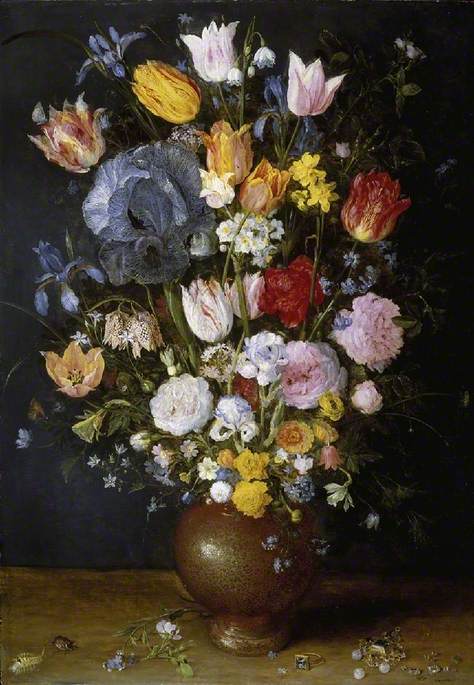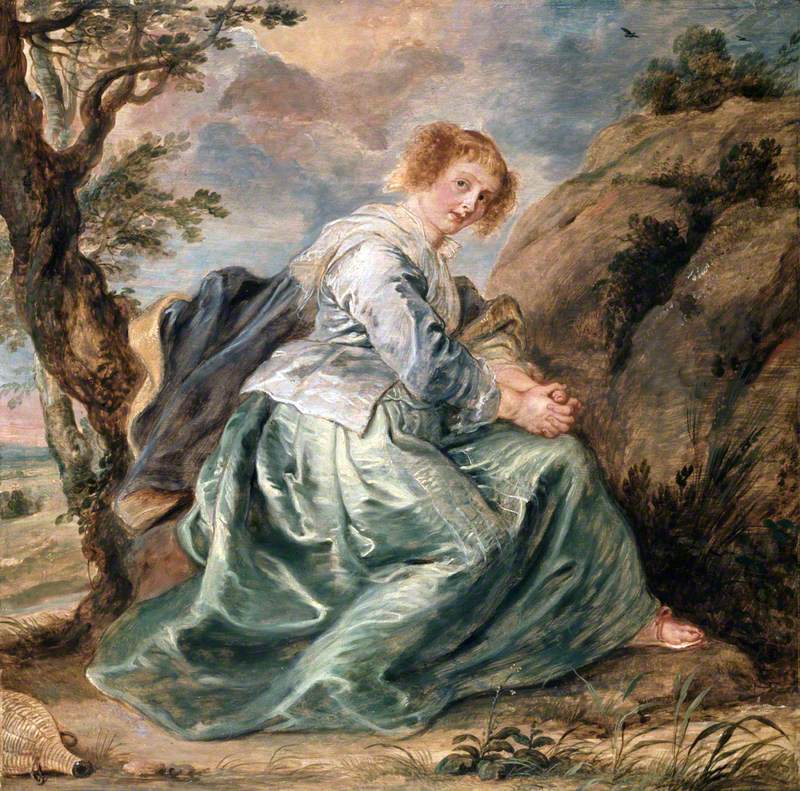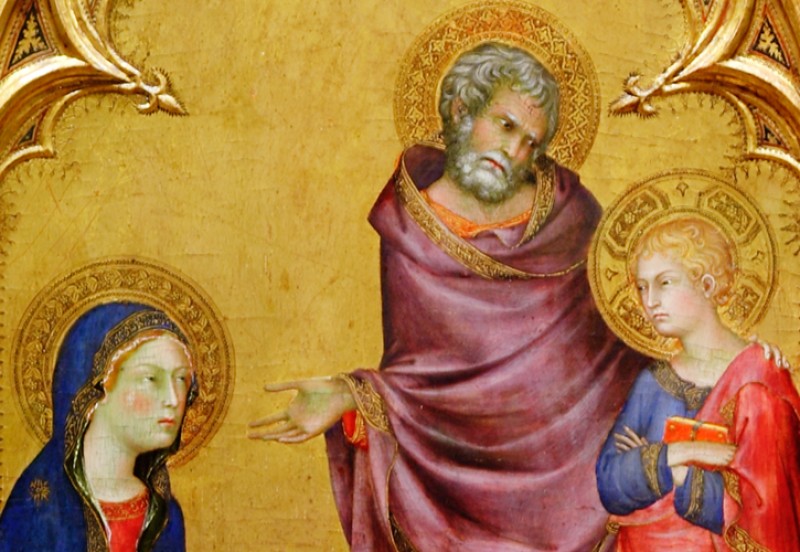One hundred and fifty years ago, in a tall, thin house high on a hill, there lived an elderly gentleman. He sat in his drawing room admiring all the beautiful things he had collected over the years of his life. At the front of the room, close to the long windows overlooking the city of Bath, hung a tiny, circular picture of a Boy Blowing Bubbles by Teniers.
Boy Blowing Bubbles
c.1640, oil on panel by David Teniers II (1610–1690), shown before conservation 
The two boys gazing at floating soap bubbles reminded him of his own childhood with his beloved older brother Frank, whose life had ended so suddenly many years ago, vanishing like a bursting bubble. Another tiny, round painting hung near the garden, a Man with Boy Gathering Apples – a curious little Flemish scene, by an artist whose name he did not know.
As he walked upstairs to his study, the connoisseur passed a pair of pictures that reminded him of his travels on the continent as a young man: A Pair of Pictures – Dutch Merry-making, Interior and Outdoor by no less an artist than 'Old Breughel'.
Visit to a Farmhouse
c.1620–1630, oil on panel by Pieter Brueghel the younger (1564/1565–1637/1638), shown before conservation 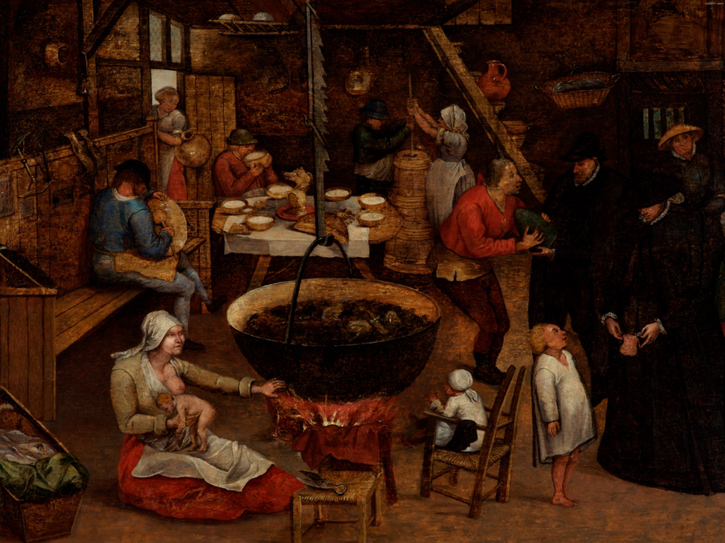
In my imagination, the bachelor collector Sir Thomas William Holburne (1793–1874) loved his treasures as a father loves his children. I also picture him sitting in his gas-lit drawing room by a blazing coal fire, puffing on a big Victorian cigar, and gradually coating every painting with a thick layer of soot and yellow grime. Over the past 40 years or so, conservators have been removing those layers gradually to rediscover the clarity and brightness hidden for so long, while curatorial research, modern technology and digital resources like Art UK build on the nineteenth-century collector’s often very hazy knowledge of subject matter and attribution. Those four little panels by members of the Bruegel family have recently been conserved and studied, and are now among the highlights of the most successful exhibition ever held at The Holburne Museum in Bath.
In surveys and displays of The Holburne’s paintings, the Flemish genre scenes were generally overlooked by eyes dazzled by Georgian elegance or the glowing skies of Dutch Italianate landscapes. Although the attribution of these four paintings to members of the Bruegel family was never seriously disputed, the two scenes of 'merrymaking’ and the two little roundels were in such poor condition that they spent much of their lives in storerooms.
The first to be rescued from the shelf was a tiny, round version of Pieter Bruegel the elder’s The Peasant and the Nest Robber, now in the Kunsthistorisches Museum in Vienna. The Holburne roundel was restored by John Mitchem in 2000, thanks to the generosity of a private donor, enabling its firm attribution as a reduced version by Pieter Brueghel the younger of his father’s original. Since then, it has become one of the stars of the collection.
Robbing the Bird's Nest
c.1620
Pieter Brueghel the younger (1564/1565–1637/1638) 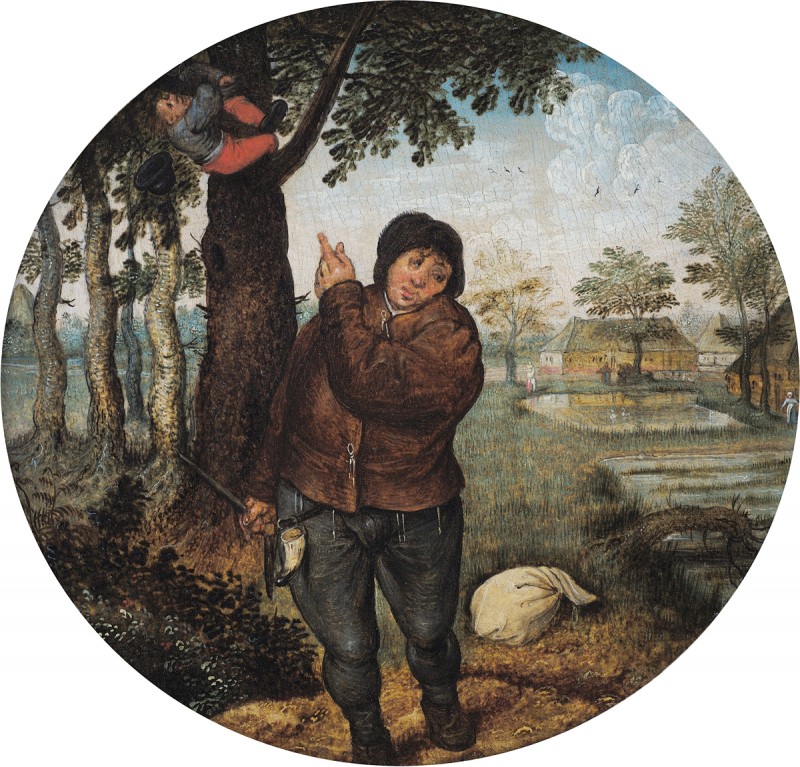
Sir William Holburne believed his other Flemish roundel, the one depicting two boys blowing bubbles, to be by Pieter Bruegel’s grandson-in-law David Teniers II (1610–1690), probably because of the bold signature prominently marked on the wall to the right.
In 1906 The Holburne Museum’s then-curator, Hugh Blaker, surveyed the entire collection with distinguished restorer
In 2009, when the Holburne was closed for its major redevelopment, an opportunity arose to conserve just one of the pair of ‘merrymaking’ scenes once attributed to Pieter Bruegel the
Visit to a Farmhouse
c.1620–1630
Pieter Brueghel the younger (1564/1565–1637/1638) 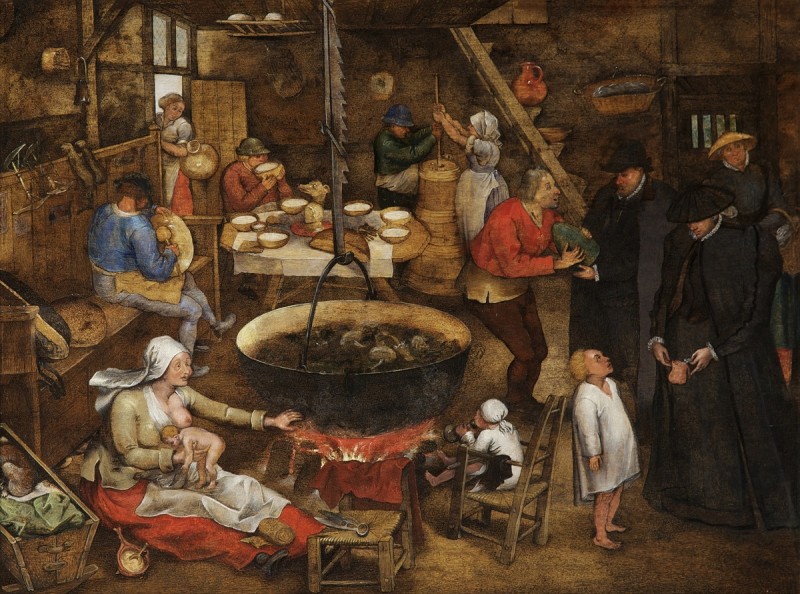
In 2015 the then-Director of the Holburne, Jennifer Scott, advised by Bruegel scholar Dr Amy Orrock, decided to ask Elizabeth Holford to tackle the ‘inferior’ Wedding Dance in the Open Air. The year-long project was generously funded by David Pike. Infrared imaging revealed a beautiful, intact underdrawing in Pieter the younger’s own hand. Advice from experts Christina Currie and Dominique Allart confirmed that what had been overlooked for many years was, in fact, the only version of this much-copied work by Pieter Brueghel the younger in a British collection. You can read more about the project in Alastair Sooke’s article.
Wedding Dance in the Open Air
1607-1614
Pieter Brueghel the younger (1564/1565–1637/1638) 
The unprecedented success of The Holburne Museum’s current exhibition, 'Bruegel: Defining a Dynasty', has shown how research and conservation can transform a collection. Eight out of the 29 works in the exhibition have come from the home of Sir William Holburne and stand as worthy companions alongside paintings from such prestigious lenders as The National Gallery, British Museum and Ashmolean Museum. With the conservation and authentication of the three works by Pieter Brueghel the younger, the Holburne now boasts more paintings by this fascinating artist than any public collection in Britain. It’s enough to make an elderly Victorian gentleman very proud indeed.
Amina Wright, Senior Curator at The Holburne Museum
The exhibition 'Bruegel: Defining a Dynasty', curated by Jennifer Scott and Amy Orrock, was on display at The Holburne Museum, Bath, in 2017.
An accompanying book, Bruegel: Defining a Dynasty (Philip Wilson Publishers, 2017) is available from The Holburne Museum's shop: www.holburne.org/shop
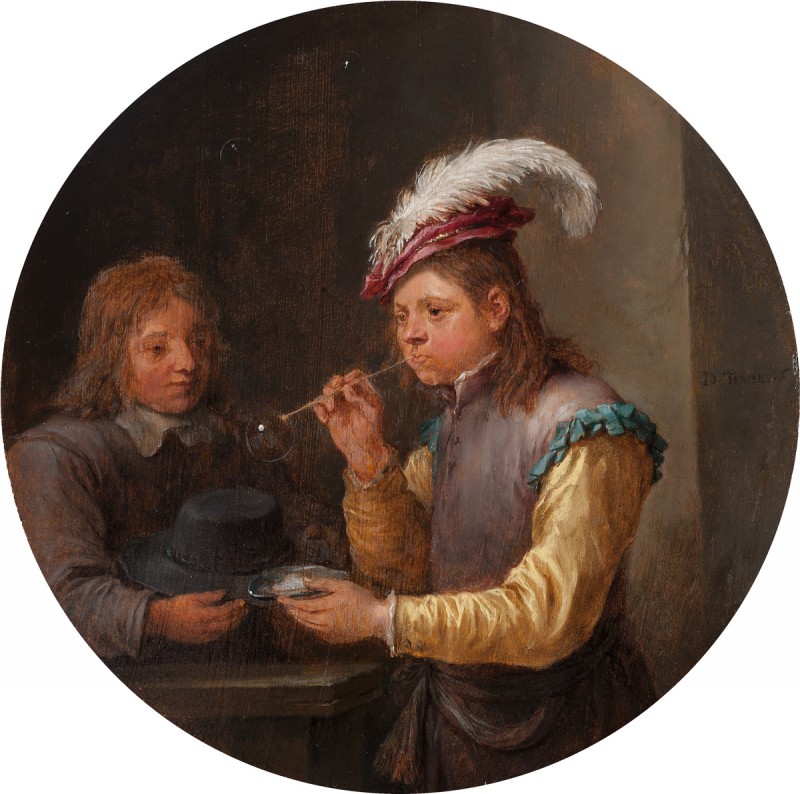

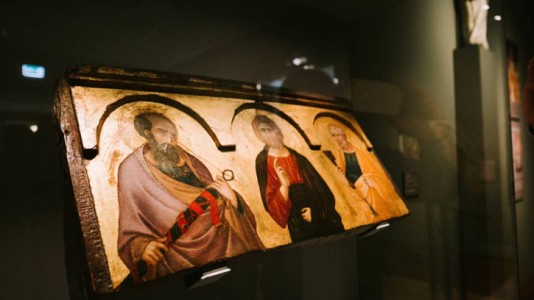

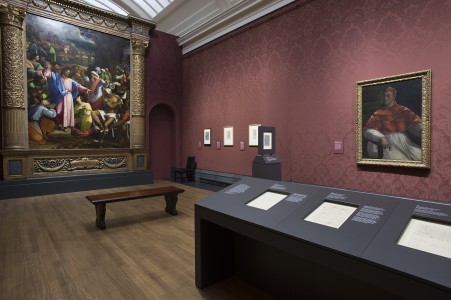
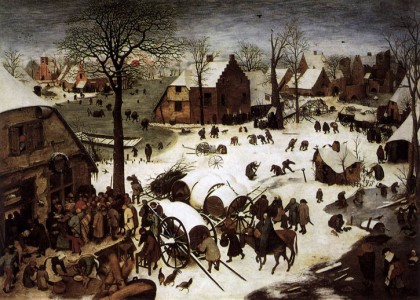
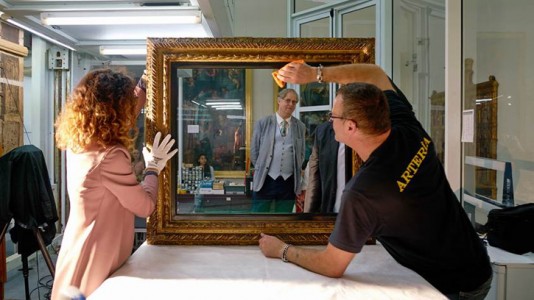
.jpg)
